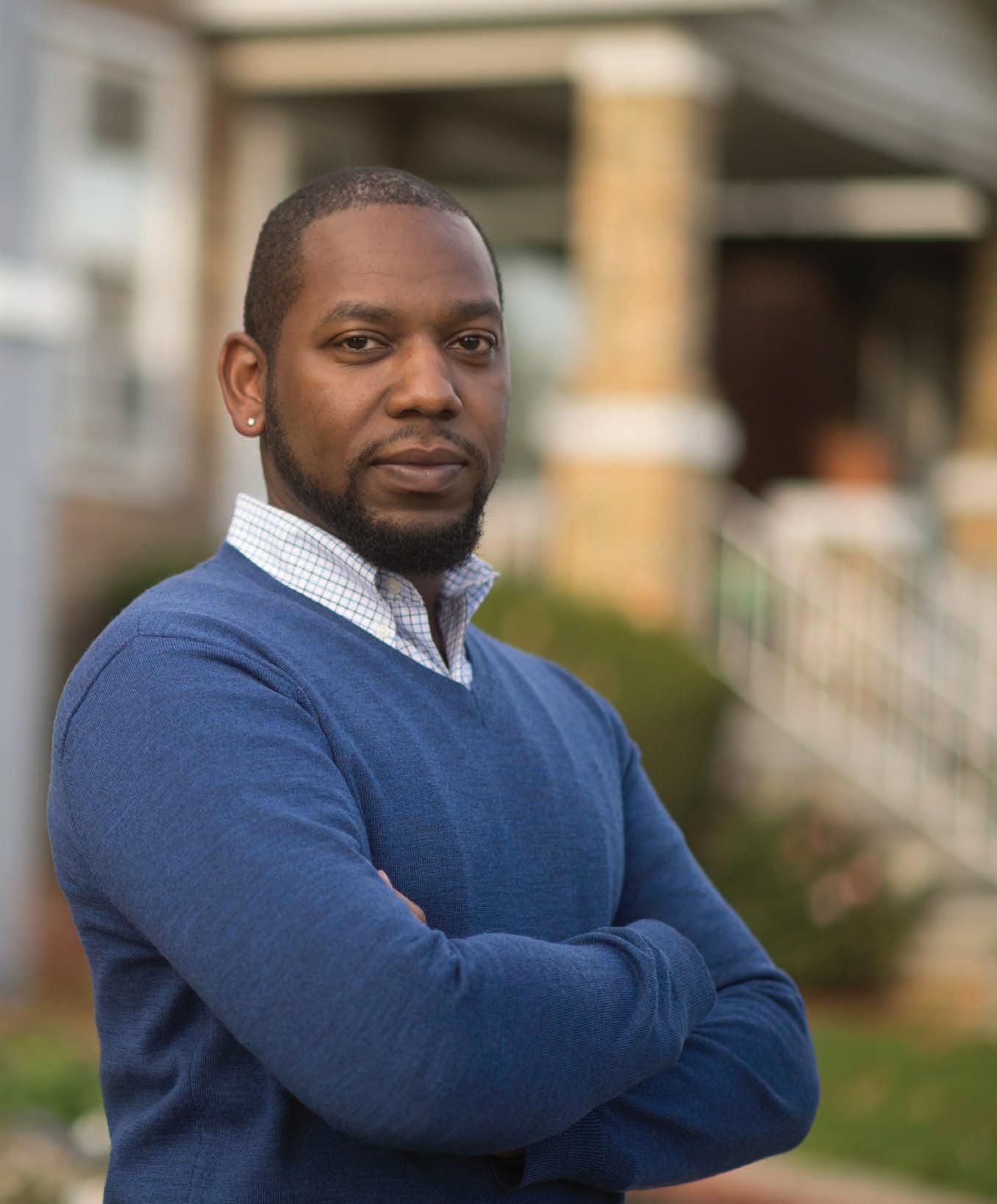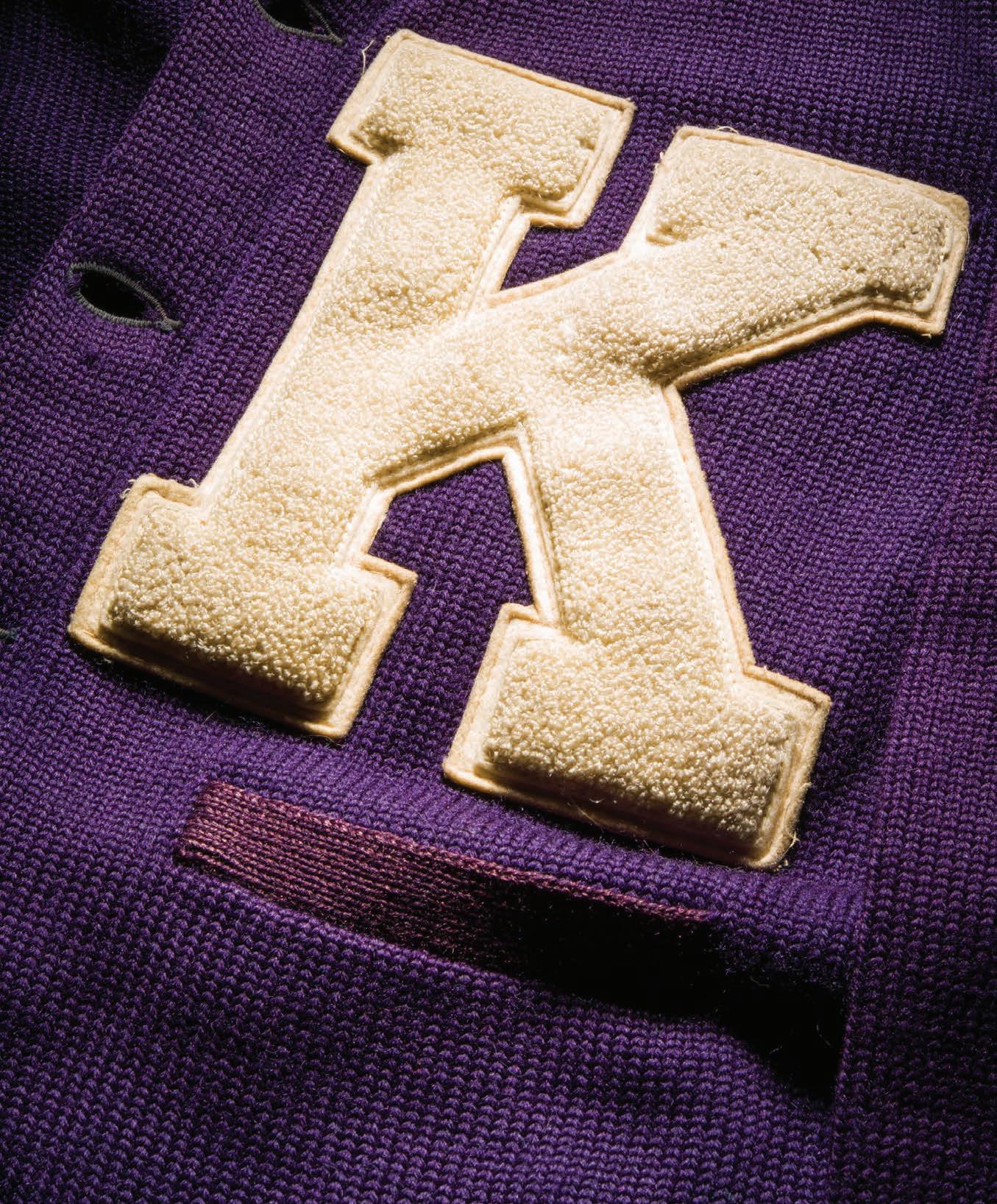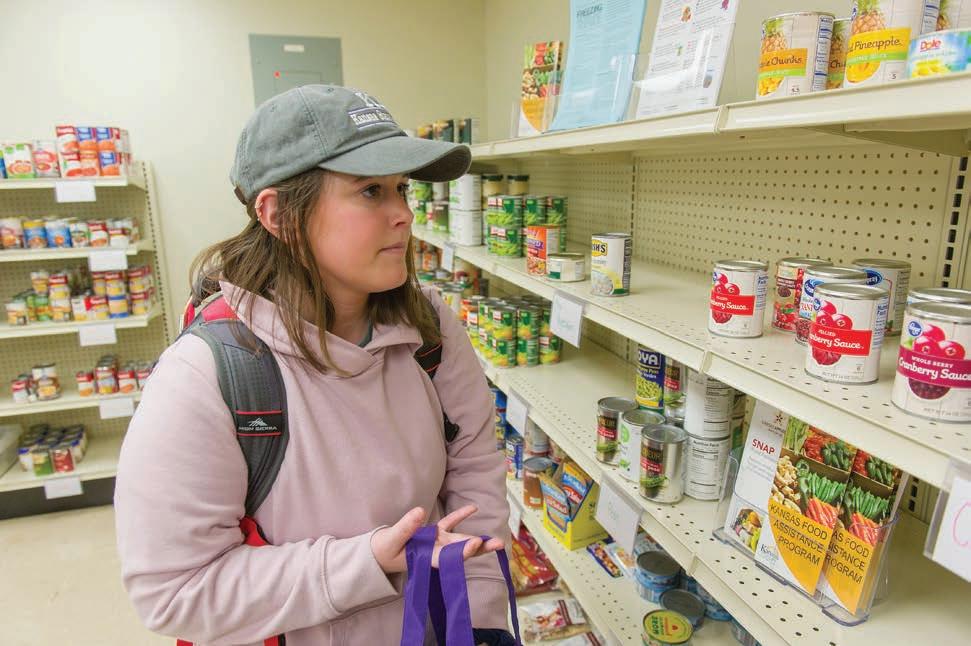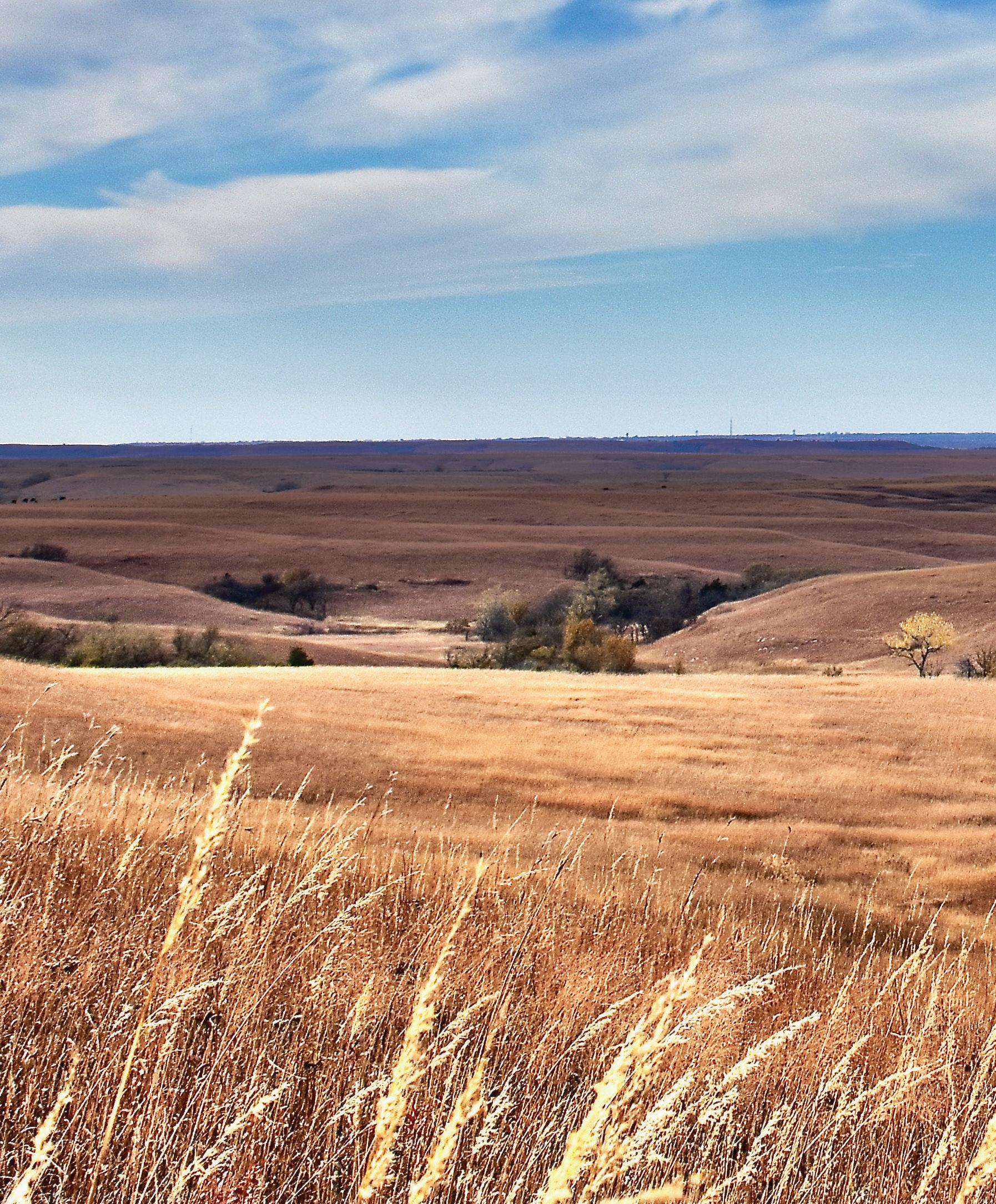
5 minute read
IN A SWIPE
Finding a job in a swipe
K-State alumni develop job searching app to match job with employers in a unique way
Advertisement
BY TIM SCHRAG ’12
In an ever more digital landscape, people do a lot of swiping. It’s almost second nature to anyone with a smartphone. On apps like Instagram, we swipe up to learn more. On apps like Bumble, we swipe right on people we like and left on those we don’t. Sisters Deborah Muhwezi Gladney ’10 and Angela Muhwezi-Hall ’13 have built an app called QuickHire to use this swiping concept to help people find work.
The idea of QuickHire has been something Muhwezi-Hall had been sitting on for several years. Muhwezi-Hall had been working in career and educational advising at the college level when a student advising came to her office.
“She had all these paper applications, she was trying to find a local job opportunity at a grocery store or retail store,” Muhwezi-Hall said. “And it kind of struck me in that moment that while it’s been years, since myself or Deborah, even longer since our parents who migrated here from Uganda worked in those spaces, the process of applying to those jobs really hasn’t changed much. A lot of those positions still require you to walk into their brick-and-mortar store to even know if they’re hiring. And then they’ll probably give you a paper then they’ll probably give you a paper application to fill out.”
They did a deep dive and learned more about the application process for non-degree jobs, sometimes called blue collar jobs. They jobs, sometimes called blue collar jobs. They discovered the technology and application processes for these jobs had not caught up to their degree-needed counterparts to meet the hiring needs of this sector of work.
Gladney and Muhwezi-Hall worked to focus on the needs of both the applicant and the employer. The system they created is very customizable to those needs. Users can create a profile that includes a 10-second introduction video and lets employers get a feel for the candidate’s personality.
The app is designed to be run fully on a smartphone. Job seekers on QuickHire on average hear back within 48 hours about their application status.
QuickHire also is working to develop new features to help with career development and talent retention.
“We’ve learned that people need platforms to be mobile friendly, they need it to be easy,” Gladney said. “That’s why we have Tinder-like swiping to apply, no more scrolling, and all that unnecessary stuff. And then, also, on the company side, they’re saying that a lot of the applicant tracking systems cater to white collar jobs. All they need is a simple way to find somebody who is a good culture fit with a great personality and things like that. So that’s why we incorporated an intro video where applicants can record a 10-second intro video.”
The emphasis both Gladney and MuhweziHall said is to put dignity back into these jobs that are sometimes called unskilled work, which in reality is not the case. These jobs often require knowledge of a trade or completion of training.
“Our big picture vision is to give job seekers the power over their career and advancement,” Gladney said. “The talent shortage we face today is greater than the pandemic. It stems from decades of work neglect, career stifling, bad pay and more. We want to change that.”
But it wasn’t until the coronavirus pandemic hit the U.S. that the sisters got serious about building QuickHire.
“Deborah gave me a call at 4 a.m. one day, saying that we have to build QuickHire, because as we saw millions of people lost their jobs,” Muhwezi-Hall said. “It really hit this industry hard. COVID definitely was the catalyst to work on this. And we probably started working on it around March [of 2020]. We’re really excited about the progress we’ve made so far.”
The pandemic may have been the catalyst but to launch the business, Gladney said the sisters still had hurdles to overcome. One of which was access to capital.
“You can’t just launch a really nice-looking app,” Gladney said. “But even if you do it yourself, it’s still the opportunity cost that goes into it and you likely have a full-time job.”
The circumstances of 2020 including the job market and racial unrest allowed Gladney and Muhwezi-Hall to find access to capital likely more quickly than if they had attempted to launch in the years prior.
“People who wouldn’t ordinarily be paying attention to a Black-woman-led tech start-up were paying attention,” Gladney told the New York Times in August. “Being able to have the financial backing and support, that had something to do with it as well.”
Another obstacle they encountered was neither Muhwezi-Hall nor Gladney had a tech background. Luckily they knew a K-Stater who did. Royce Haynes ’08 is a software engineer with Twitter. Haynes was able to serve as a technology adviser to Gladney and Muhwezi-Hall.
“We’ve kind of been lucky with our network and a big thanks to K-State,” Gladney said. “A lot of the people in our network who have been our mentors, a lot of them have either come through K-State or the other Kansas schools.”
Today QuickHire has more than 11,000 job seekers and 60 paying companies.
“A big goal of ours is to put dignity back into this workforce,” Muhwezi-Hall said. “We want to make sure that people realize that it takes a lot of skill. A lot of these jobs require customer service, handling big machinery, things like that. So we want to put that dignity within that title.”
“She had all these paper applications, she was trying to find a local job opportunity at a grocery store or retail store,” Muhwezi- Hall said. “And it kind of struck me in that moment that while it’s been years, since myself or Deborah, even longer since our parents who migrated here from Uganda worked in those spaces, the process of applying to those jobs really hasn’t changed much. A lot of those positions still require you to walk into their brick-and-mortar store to even know if they’re hiring. And then they’ll probably give you a paper application to fill out.”










